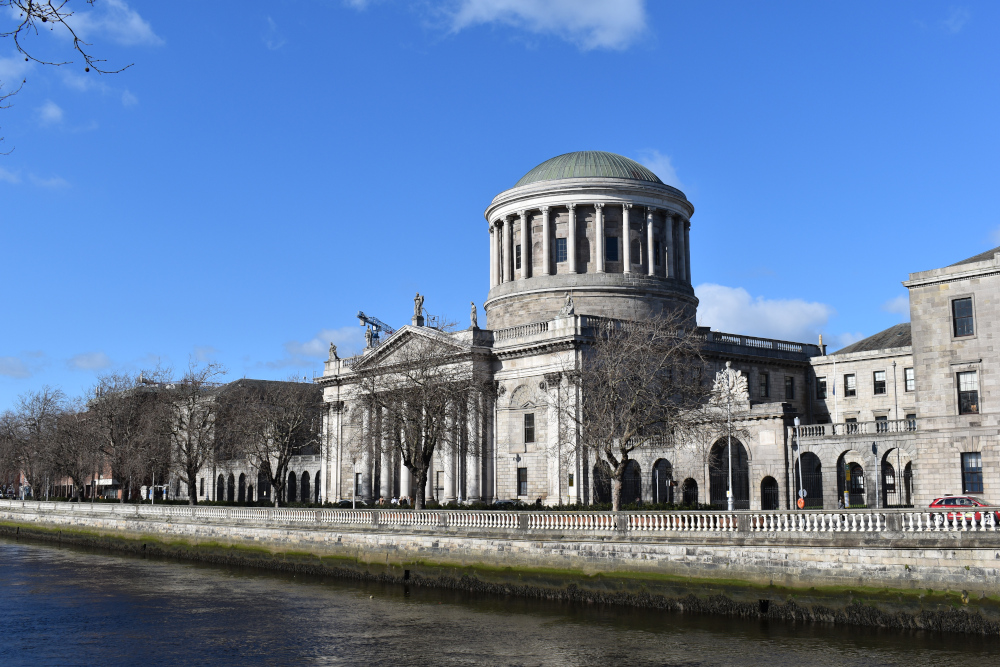High Court: PIA approved for debtors despite claims from creditor that arrangement was unsustainable

The High Court has approved a personal insolvency arrangement for a couple despite objections from a creditor that the PIA was unsustainable.

About this case:
- Citation:[2022] IEHC 562
- Judgment:
- Court:High Court
- Judge:Mr Justice Mark Sanfey
It was argued that the debtors’ total income under the arrangement would not be sufficient to maintain a reasonable standard of living for themselves and their children, particularly where the income fell below the level envisaged by the Insolvency Service of Ireland.
Delivering judgment in the case, Mr Justice Mark Sanfey held that the court had to be satisfied that there was sufficient income to maintain a reasonable standard of living.
It was held that, notwithstanding the potential shortfall in the RLEs, the debtors had a “powerful incentive” to ensure the PIA succeeded and the excellent payment records following the issue of the protective certificate showed that they could adhere to the arrangement. As such, the PIA was approved.
Background
The debtors were a couple with five children. The husband worked as a car dismantler and had recently qualified as a truck driver. The wife was a homemaker and cared for the eldest child, who had epilepsy. Both individuals had personal debts which they were unable to repay and they attempted to enter into a PIA.
At the time of presenting the PIA in July 2019, the children were aged four, seven, nine, 10 and 13. The debtors had a joint income of €3,786 per month plus were entitled to receive €700 per month in children’s allowances, giving them a total income of just under €4,500 per month.
The terms of the PIA involved capitalising arrears on the mortgage loan, extending the term of the loan until the debtors were in their early seventies, reducing the interest rate on the loan and providing that capital and interest repayments on the mortgage would be €542.
The key objection from the creditor was that, if the PIA was approved, the debtors would be required to forego a reasonable standard of living for themselves and their children. It was said that the PIA was unsustainable and would not return the debtors to solvency, with a real risk of hardship.
In particular, the creditor focused on the costs of the children as they progressed through school and stated that there would be a shortfall of €558 per month when four of the children would be at second level education.
In response, the debtors outlined that there would be a “pinch point” for three years where there was a shortfall of between €346 and €558, but that these sums were manageable. It was said that the debtors could maintain a reasonable standard of living as the husband could work more hours into the future to increase the income. It was also noted that issues to do with the husband’s health, which had caused difficulties in the past, had improved.
Further, it was said that the shortfall in reasonable living expenses would only last three years and would improve after that. The debtors also emphasised that trading down was simply not an option as renting would leave the family in a much worse position.
High Court
Considering the PIA, Mr Justice Sanfey noted that the PIP’s evidence (which supported the debtors) did not provide a reasoned view of the PIA. The husband made vague and general assertions regarding the sufficiency of the reasonable living expenses which required critical analysis, the court said. There was no evidence of the extra income or “odd jobs” which the husband proposed to undertake to increase his income, the court said.
However, the court noted that the debtors had discharged the sum of €530 to the creditor since the grant of the protective certificate in the case. It was also noted that the eldest child would soon leave school and the financial burden would ease.
The court considered the case of Re Hurley (A Debtor) [2019] IEHC 523, in which a family that had proved it could live at a level less that the ISI guidelines for a three-year period and were therefore “well capable of economising and living within their means.” It was held that losing a family home would be far worse than cutting back on other elements of their lives.
Finally, the court turned to consider whether the debtors had proved that they would have sufficient income under the PIA to maintain a reasonable standard of living, even if their income fell short of the ISI’s guidelines. The court held that there were inconsistencies in the figures provided to court and the true surplus of costs over income was €268 exclusive of child allowance.
Accordingly, the court held that the debtors had a “very powerful incentive” to ensure that the PIA succeeded, as they would otherwise lose their home. It was not unreasonable for the husband to pick up extra work and the debtors had already showed they had the discipline to adhere to the payment obligations.
Further, the shortfall was “significantly less” than that calculated by the creditor and was within the range which was permissible under the Hurley decision.
Conclusion
The PIA was approved, notwithstanding that the debtors may have to live below the ISI’s guidelines on reasonable living expenses for a period.
Re Power (A Debtor) [2022] IEHC 562









